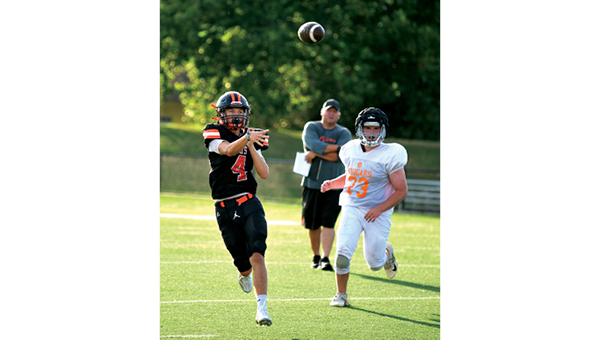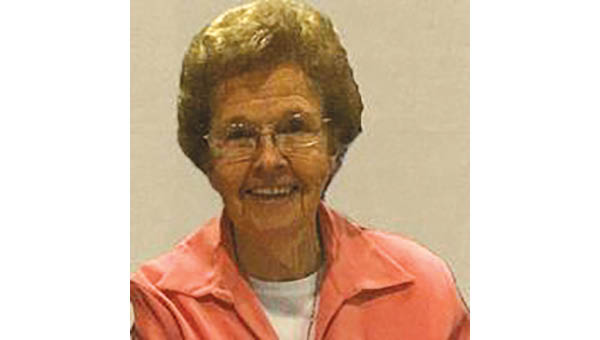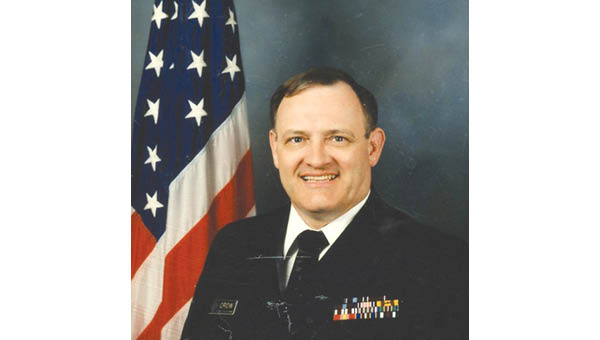First blind man to use a seeing-eye dog was a Tennessean
Published 12:06 pm Monday, May 8, 2023


|
Getting your Trinity Audio player ready...
|
When you see a blind person with a seeing-eye dog, remember that this practice started with a young man from Nashville.
In 1927, Morris Frank was a 20-year-old student at Vanderbilt University and unhappy about his dependency on others to get around. Frank’s father read him an article in the Saturday Evening Post by Dorothy Eustis, an American woman living in Switzerland. In the article, Eustis talked about how shepherds there were training dogs to help blind people. She speculated that this practice could be perfected to help blind people on a full-time basis.
Excited by the idea, Frank wrote a letter to Eustis and received a receptive response 30 days later from Eustis. Frank then took a ship to Europe, where he trained extensively with a German Shepherd named Buddy. The training was hard. But after weeks with the dog, Frank could get around a nearby Swiss village holding tightly to a harness to which Buddy was strapped.
Trending
Frank returned to the United States with a goal of spreading the word about seeing-eye dogs. From the day he got off the ship, he made news. At one point, in front of a group of dumbfounded reporters, Buddy led Frank safely across a busy New York street. “She (Buddy) moved forward into the ear-splitting clangor, stopped, backed up, and started again,” Frank wrote in a 1957 book called First Lady of the Seeing Eye – a book I highly recommend to every Tennessee fifth grader. “I lost all sense of direction and surrendered myself entirely to the dog. I shall never forget the next three minutes, ten-ton trucks rocketing past, cabs blowing their horns in our ears, drivers shouting at us . . . When we finally got to the other side and I realized what a really magnificent job she had done, I leaned over and gave Buddy a great big hug.”
When Frank returned to Nashville, people were amazed at the sight of the blind man and his dog navigating busy sidewalks. “Now strangers spoke freely to me,” Frank wrote. “In the old days, at a streetcar stop, for instance, I often envied two sighted persons, who obviously did not know each other, their ease in striking up a conversation . . . With Buddy there, however, it was the easiest and most natural thing in the world for them to say, ‘What a lovely dog you have!’”
What astonished people the most was that Buddy had an ability best known as “intelligent disobedience,” which meant she would obey Frank except when executing that command would result in harm to her master. For example: if there was a low-hanging branch ahead on the sidewalk, Buddy knew to navigate around it.
Frank co-founded The Seeing Eye, an institution set up to train guide dogs and their blind owners. It operated in Nashville for two years and then moved to Morristown, New Jersey (partly for climate reasons; they found it to be too hot in Tennessee to train German Shepherds year-round.)
As Frank and Buddy traveled the nation, they opened doors for blind people of future generations. In that era there were no laws that required trains, hotels and restaurants to allow seeing-eye dogs to gain entrance. Almost on a daily basis, Frank would go into an establishment and be told that he couldn’t bring his dog in. His canned response: “I’m not bringing her in; she’s bringing me in!” One time, a railroad porter followed Frank and Buddy to their seats and proceeded to try to drag Buddy back out. However, in the words of Frank, Buddy then showed the porter her “beautiful teeth,” convincing him that it was best to leave the dog alone.
When Buddy died in May 1938, she received an obituary in The New York Times. “Buddy had appeared on hundreds of lecture platforms and barked in response to applause; she had been received by Presidents Coolidge and Hoover and other notables; and she had been led into the homes of poor among the blind and had given them hope while they patted her and fingered her harness,” the obituary said.
Trending
Today, The Seeing Eye reports on its website (www.seeingeye.org) that it has trained 17,000 dogs in its 94-year history. If you go to Morristown, New Jersey, you will find a statue of Tennesseans Morris Frank and Buddy – probably the only statue of a blind man and seeing-eye dog in the world.
Bill Carey is the founder of Tennessee History for Kids, a non-profit organization that helps teachers cover social studies.







